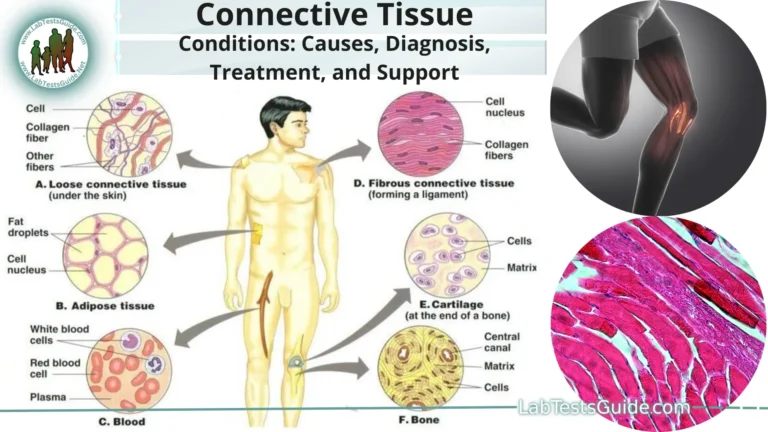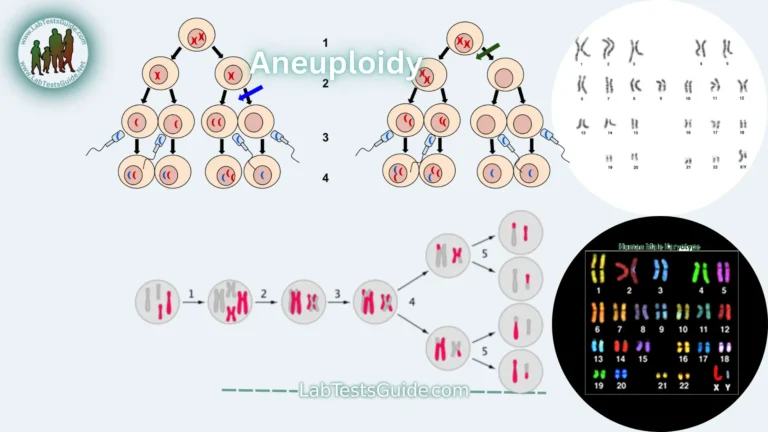Epithelial tissue is one of the fundamental types of tissues that make up the human body. It plays a crucial role in forming protective barriers, facilitating absorption and secretion, and participating in sensory perception. In this comprehensive article, we will delve into the intricacies of epithelial tissue, exploring its structure, various types, functions, and its overall importance in maintaining bodily homeostasis.

Key Affects:
| Cell shape classification | Squamous, cuboidal, columnar |
| Cell layer classification | Simple, stratified, pseudostratified, transitional |
| Main features | Contiguous cells Polarity (apical, lateral and basal cell surfaces) Intercellular junctions Basement membrane (extracellular matrix) Supported by connective tissue (lamina propria) Avascular, innervated |
| Specialisations | Apical: microvilli, cilia, stereocilia, modified stereocilia (sensory receptors) Secreting: tubular, acinar and tubuloacinar glands |
| Functions | Secretion, absorption, transportation, protection, receptor function (sensation) |
Structure of Epithelial Tissue:
Epithelial tissue exhibits distinct structural features that contribute to its functions. The cells are tightly packed, forming sheets that are often one or a few cells thick.
- Cell Arrangement: Epithelial cells can be arranged in either a single layer (simple epithelium) or multiple layers (stratified epithelium). This arrangement affects their function and location.
- Cell Shape: Cells can be squamous (flat and thin), cuboidal (cube-shaped), or columnar (tall and rectangular). The shape of the cells often reflects their specialized functions.
- Cell Junctions: Epithelial cells are held together by specialized junctions, including tight junctions, adherens junctions, desmosomes, and gap junctions. These junctions provide structural integrity and regulate the passage of substances between cells.
Classification of Epithelial Tissue:
Epithelial tissue is classified based on its cell layers and shape. Four main types include:
- Simple Epithelium: Comprising a single layer of cells, this type is involved in diffusion, absorption, and secretion in locations such as the lining of blood vessels and air sacs in the lungs.
- Stratified Epithelium: This type consists of multiple layers and is found in areas that require protection, such as the skin and the lining of the mouth.
- Pseudostratified Epithelium: Though appearing stratified, this type is actually a single layer of cells of varying heights. It lines the respiratory tract and contains cells with cilia that help move mucus.
- Transitional Epithelium: This specialized type is found in organs like the urinary bladder and allows stretching without tearing.
Functions of Epithelial Tissue:
Epithelial tissue serves several vital functions:
- Protection: Epithelial layers act as physical barriers, protecting underlying tissues from mechanical damage, pathogens, and harmful chemicals.
- Absorption and Secretion: Epithelial cells in the digestive and respiratory tracts facilitate the absorption of nutrients and gases, while glandular epithelial cells secrete substances like hormones, enzymes, and mucus.
- Sensory Perception: Specialized epithelial cells, such as those in the retina and taste buds, play a role in sensory perception, allowing us to see, taste, and smell.
- Excretion: Certain epithelial cells are involved in excretion processes, such as the excretion of waste products in the form of urine.
Importance in Organ Systems:
Epithelial tissue is integral to various organ systems:
- Skin (Integumentary System): The epidermis, composed of stratified squamous epithelium, provides protection against external factors.
- Respiratory System: Ciliated pseudostratified columnar epithelium lines the respiratory tract and helps move mucus and trapped particles out of the airways.
- Digestive System: The lining of the digestive tract is covered with epithelial cells that aid in nutrient absorption and secretion of digestive enzymes.
- Urinary System: Transitional epithelium in the bladder allows it to stretch as it fills with urine.
- Reproductive System: Epithelial cells in the reproductive tract aid in the transport of gametes and support embryo implantation.
Maintenance and Repair of Epithelial Tissue:
Epithelial tissue is subject to wear and tear, but it has a remarkable ability to regenerate quickly due to the presence of stem cells at its base. This regenerative capacity helps maintain the integrity of protective barriers.
Disorders and Abnormalities:
While epithelial tissue plays a crucial role in maintaining bodily functions and protection, it is not exempt from disorders and abnormalities that can arise due to various factors. These conditions can affect different organ systems and have significant implications for overall health. In this section, we will explore some of the common disorders and abnormalities that can occur within epithelial tissue.
Skin Disorders:
The skin, being the body’s largest organ, is composed of epithelial tissue and is susceptible to a range of disorders:
- Acne: A disorder of the hair follicles and sebaceous glands, characterized by the formation of pimples, blackheads, and whiteheads on the skin.
- Psoriasis: An autoimmune disorder causing the rapid buildup of skin cells, leading to thick, silvery scales and itchy, dry, and red patches.
- Eczema (Atopic Dermatitis): A chronic inflammatory skin condition causing dry, itchy skin and redness, often triggered by allergens or irritants.
- Skin Cancer: Uncontrolled growth of abnormal skin cells, often caused by exposure to UV radiation. Types include basal cell carcinoma, squamous cell carcinoma, and melanoma.
Respiratory Disorders:
Epithelial tissue in the respiratory tract can be affected by various disorders:
- Bronchitis: Inflammation of the bronchial tubes, often leading to coughing, chest discomfort, and difficulty breathing.
- Pneumonia: Infection of the lung tissue, causing symptoms such as fever, cough, and difficulty breathing.
- Cystic Fibrosis: A genetic disorder affecting the respiratory and digestive systems, leading to thick mucus that obstructs airways and ducts.
Gastrointestinal Disorders:
Epithelial tissue lining the digestive tract can be impacted by several disorders:
- Gastric Ulcers: Open sores in the lining of the stomach or small intestine, often caused by infection with the bacterium Helicobacter pylori or nonsteroidal anti-inflammatory drugs (NSAIDs).
- Gastroesophageal Reflux Disease (GERD): Chronic acid reflux, causing symptoms like heartburn and regurgitation due to the weakening of the lower esophageal sphincter.
- Inflammatory Bowel Disease (IBD): Chronic inflammation of the digestive tract, including conditions like Crohn’s disease and ulcerative colitis.
Urinary System Disorders:
Epithelial tissue in the urinary tract can be affected by various conditions:
- Urinary Tract Infections (UTIs): Infections in the urinary tract, often caused by bacteria, leading to symptoms like frequent urination, pain, and discomfort.
- Interstitial Cystitis: A chronic bladder condition causing pain and pressure in the bladder area, often accompanied by frequent urination.
Reproductive System Disorders:
Epithelial tissue in the reproductive tract can also be subject to disorders:
- Cervical Dysplasia: Abnormal growth of cells on the cervix, often caused by human papillomavirus (HPV) infection and a precursor to cervical cancer.
- Endometriosis: Growth of tissue similar to the lining of the uterus outside the uterus, causing pain and fertility issues.
These disorders and abnormalities highlight the vulnerability of epithelial tissue to various factors, including genetics, environmental factors, infections, and immune responses. Timely diagnosis, proper medical care, and lifestyle adjustments play a crucial role in managing and treating these conditions, emphasizing the importance of maintaining the health of epithelial tissue for overall well-being.
Conclusion:
Epithelial tissue is a versatile and vital component of the human body. Its diverse functions and structural adaptations contribute to the overall health and proper functioning of various organ systems. Understanding epithelial tissue enhances our knowledge of how the body maintains homeostasis and responds to challenges, making it a subject of immense significance in the field of biology and medicine.
Possible References Used







One Comment